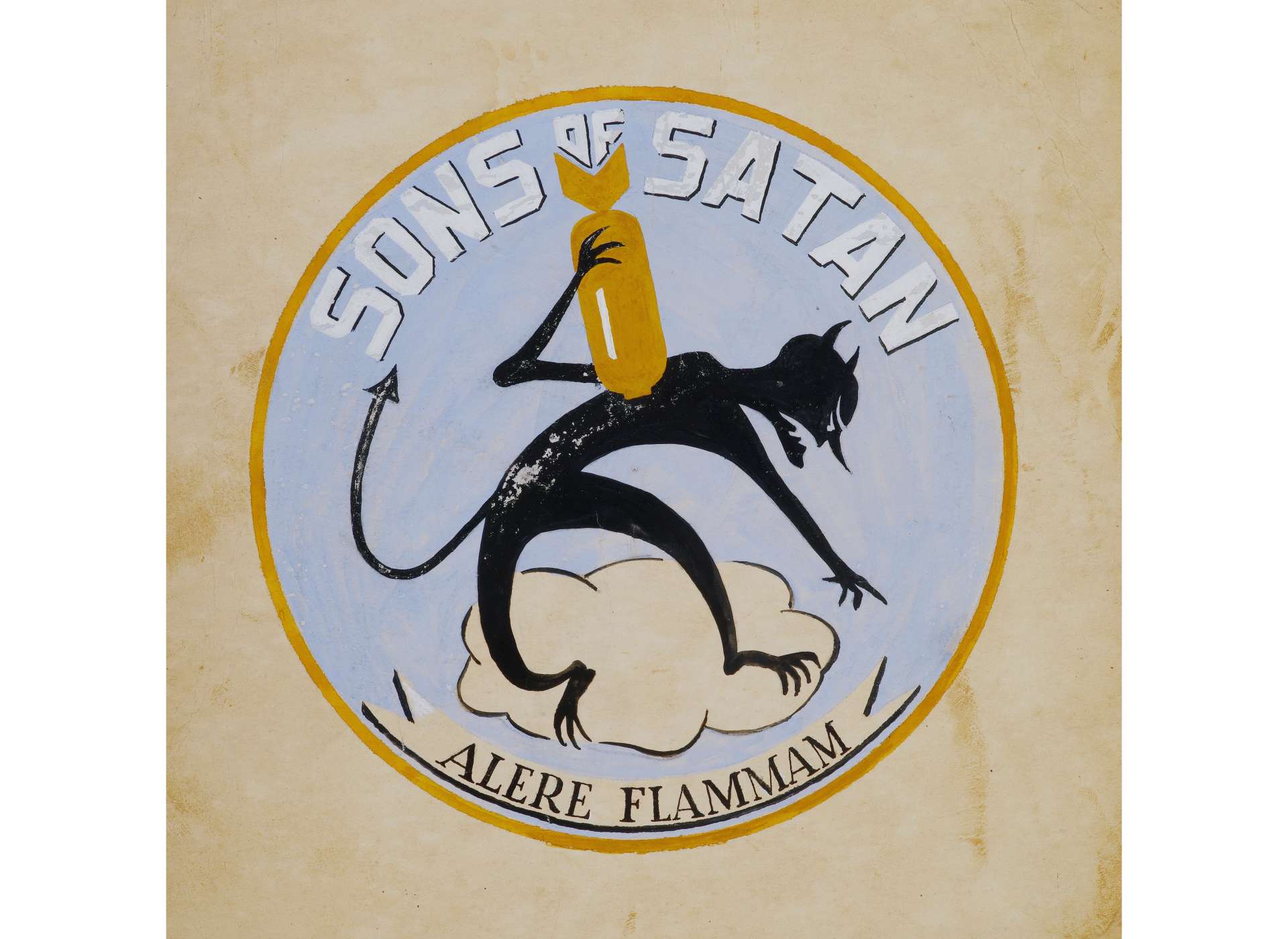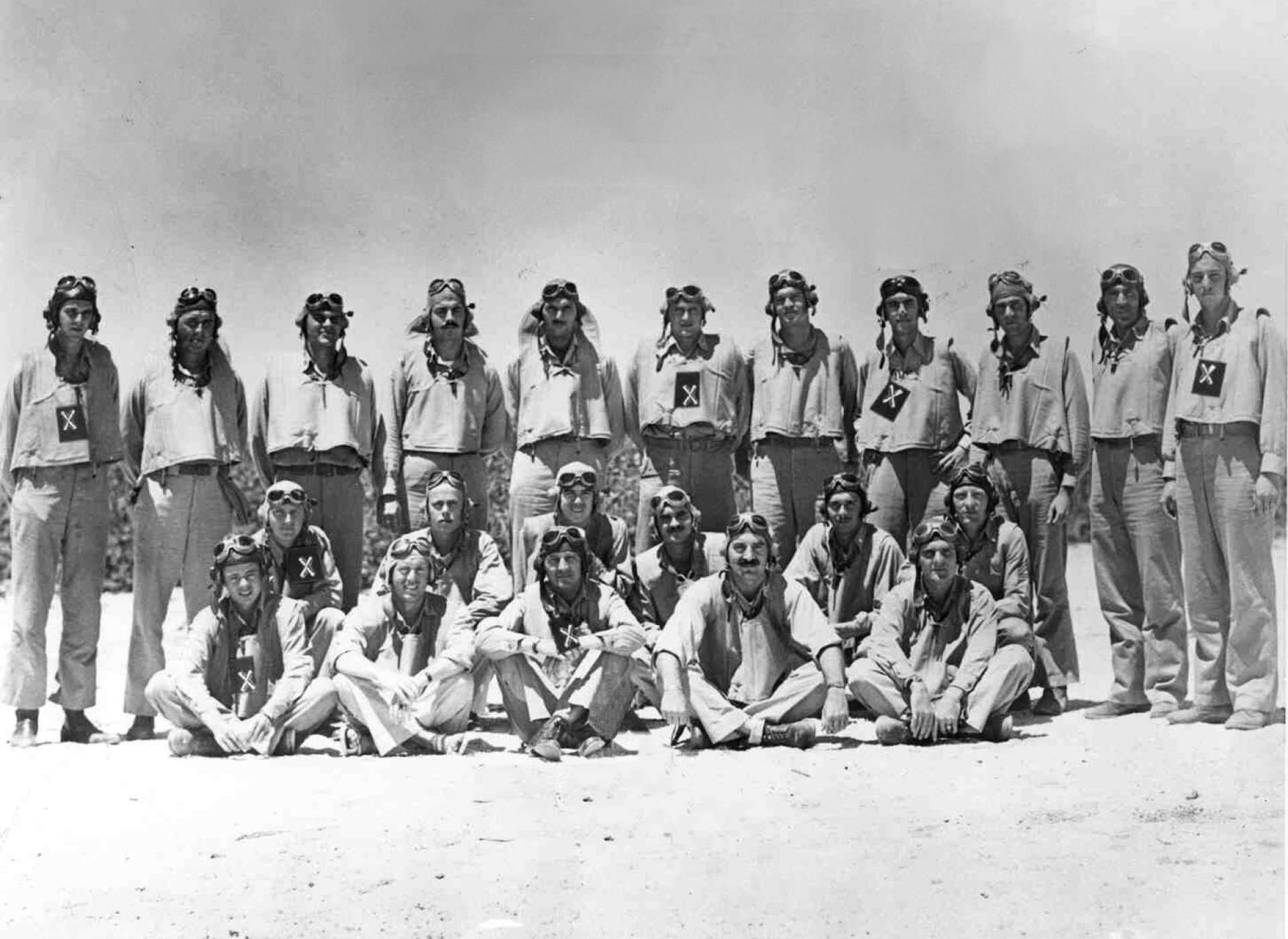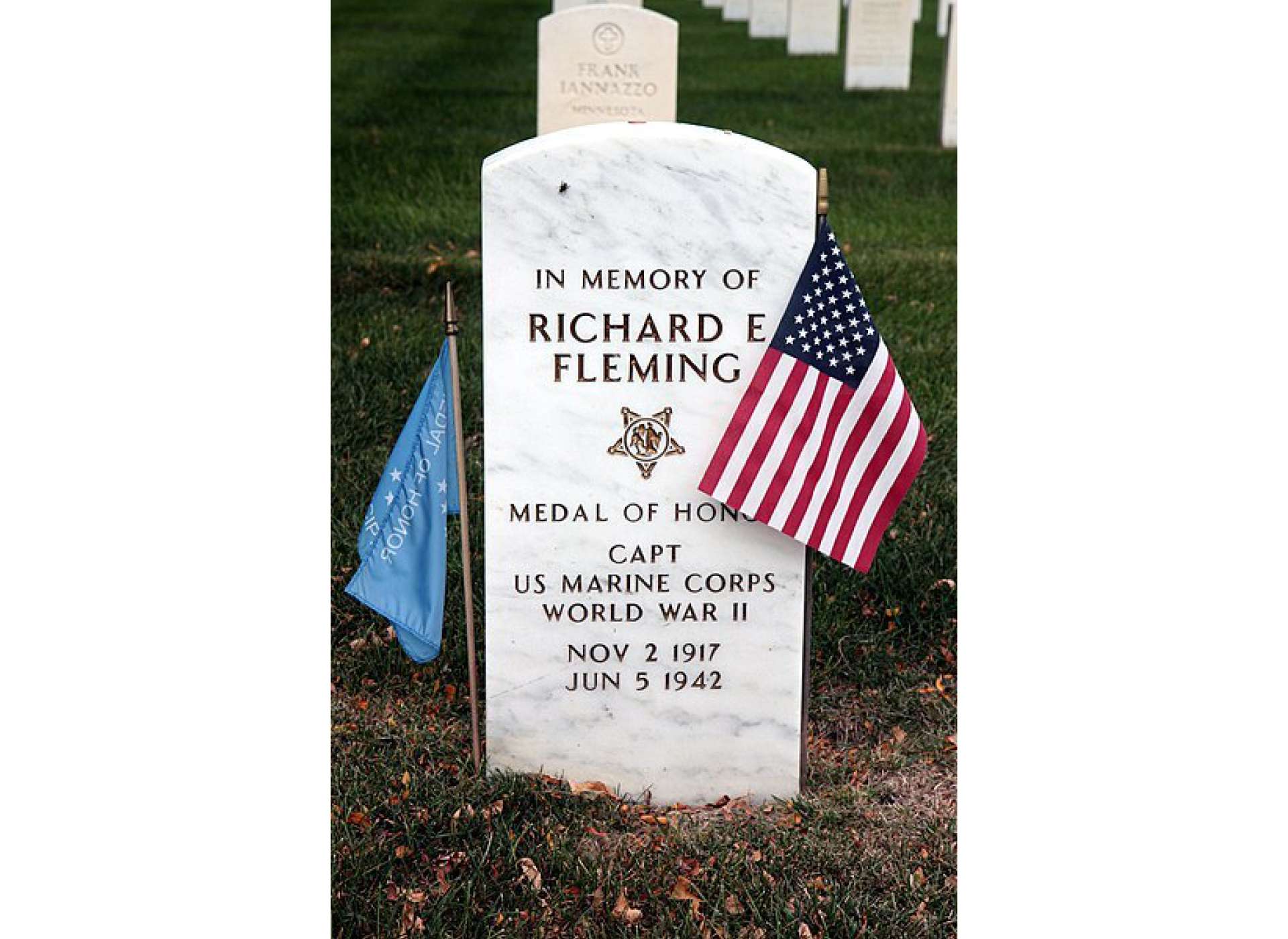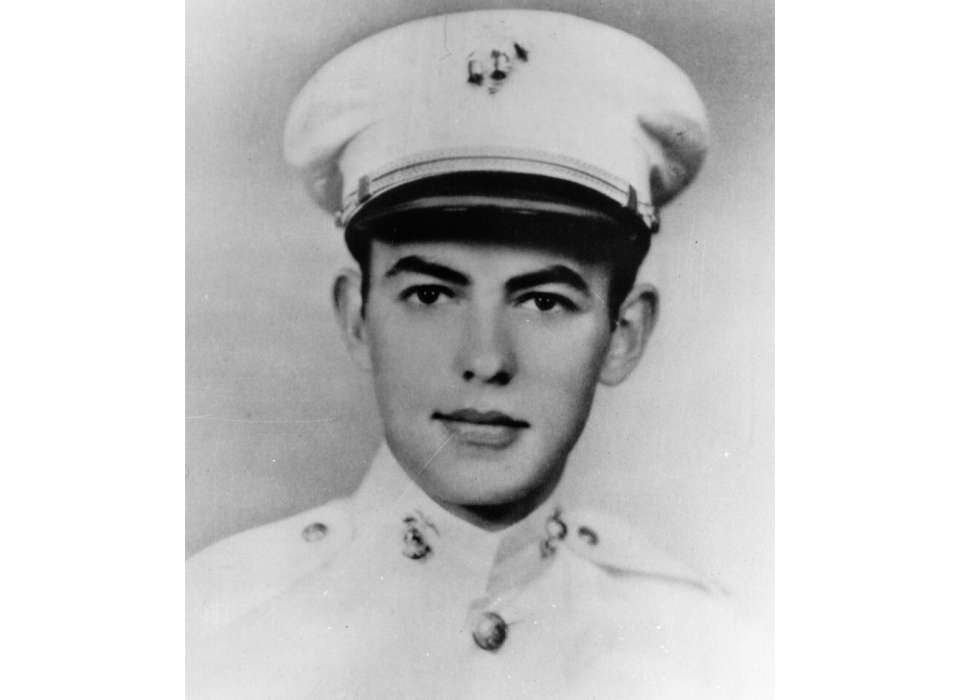Top image: Captain Richard Fleming in uniform.
Richard Eugene Fleming was born November 2, 1917 in St. Paul, Minnesota, the son of English immigrant Michael Fleming, and Octavia Fleming, an American with French Canadian ancestry. According to the 1920 and 1930 US Federal Censuses, Richard’s mother was a stay-at-home mom, while his father worked in administrative roles in the coal industry. In the span of ten years, Michael Fleming’s position in the company rose substantially, working his way up from sales manager to Vice President of the wholesale coal company.
It is not certain how exactly the Fleming family took to the news of the US entering into World War Two, however it is quite probable that Richard’s father experienced firsthand the significant demand for coal as the production and manufacturing of wartime goods relied increasingly on the energy resource.
Richard, or “Dick” as he was often called, grew up as the middle child of three boys, with his older brother Ward, and a younger brother named James. With his father’s well-paid position at the coal company, the Fleming boys were able to attend private schools, and Richard spent his high school years at St. Thomas Military Academy, a local military prep school in St. Paul. Richard excelled in his academics, and graduated as a top student. Shortly thereafter, he enrolled in the University of Minnesota.
While in university, Fleming continued to expand his intellectual pursuits and was involved with several social and fraternal clubs, serving as president of Delta Kappa Epsilon his senior year. According to an article in the Birmingham News, Fleming was captivated by Japanese art, with one of his close friends being a Japanese merchant with whom he often indulged in deep conversations on philosophy and art. In 1939, Fleming graduated from the University of Minnesota, having earned his bachelor’s degree.
That same year, he enlisted in the Marine Corps Reserve, becoming an aviation cadet in 1940. For flight training, Fleming reported to the Naval Air Station in Pensacola, finishing top of his class. Fleming demonstrated leadership and talent as a pilot, quickly being promoted from First Lieutenant to Captain. Following graduation, he was assigned to Marine Scout Bomber Squadron 241 (VMSB-241), known as the “Sons of Satan.” In March 1942, the squadron was operating from the Midway Atoll in the Pacific.

VMSB-214 “Sons of Satan” artwork by Sgt. Paul Arlt, USMCR. Gouache on illustration board. Based on an original idea by Lt Wallace P. Wyatt. Courtesy of the National Museum of the Marine Corps, Triangle, Virginia.
On June 4, 1942, Fleming and his squadron found themselves in the depths of war during the Battle of Midway. The squadron’s 30 dive bombers scrambled early that day after the sighting of a Japanese carrier task force. Three of the aircraft, however, experienced maintenance problems and were unable to take off. The remaining aircraft divided into two strike groups, with 16 dive bombers under the squadron commander, Major Lofton Henderson, and the other 11 under Major Benjamin W. Norris.
Preparing to attack, the Marines were jumped by Japanese fighters and encountered heavy anti-aircraft fire. Henderson and several other aircraft were shot down during the initial mission against the enemy carriers. After Major Henderson was shot down, the remaining dive bombers pressed the attack and claimed to have scored three hits and several near misses on a Japanese carrier.
During that attack, Fleming was flying in a SB2U Vindicator with his radio-gunner Corporal Eugene Tinsley Card. Initially, they had been flying at about 9,000 feet, but they dove, emerging from the clouds at an altitude of about 2,000 feet. Narrowing in on the target Japanese ship, Fleming dove his plane further to an astounding 400 feet and released his bomb.
After the attack, the surviving crews attempted to infiltrate back to Midway individually and at low level, but were harassed by Japanese fighters.
With Corporal Card injured and suffering from minor wounds himself, Fleming managed to make it back to base on Midway despite his plane being pierced with 179 hits.
That evening, Major Benjamin W. Norris prepared the squadron’s surviving 11 aircraft for a night mission. They were ordered to attack a Japanese carrier reported to be burning about 200 miles away and took off at 7:00 pm. The night was dark, with low clouds, no moon, and incredibly poor visibility. The squadron set out in two units, with Major Norris leading five planes.
Unable to find their target, both units attempted to return to Midway. Scattered rain squalls added further difficulty, and the return journey had to be flown on instruments. Norris, however, failed to return from the mission, his plane last seen diving down in a tight spiral into the overcast. The planes initially attempted to follow Norris’ dive, but they pulled up at an altitude of about 150 feet. They were unable to reach Norris by radio or locate him.
Captain Fleming led the remaining aircrews back, aided by oil fires and searchlights which served as beacons to vector them in for a safe landing on Midway.

VMSB-241 pilots at Midway. Capt. Fleming is in the top row, fourth from right. Those marked with an “x” were killed during the Battle at Midway. Official U.S. Navy photograph.
The next day, after a few hours of sleep, Captain Fleming led the Sons of Satan in dive-bombing missions against two enemy battleships. Despite the loss of numerous comrades and the clear danger from enemy forces, Fleming carried on his mission undeterred. Private First Class George A. Toms served as his radio-gunner, filling in for the wounded Corporal Card.
The squadron mustered 12 aircraft for the mission, and Fleming dived them into two wings. Taking off at 7:00 am, Fleming’s plan was that one group would dive bomb from 10,000 feet while the other, under Fleming’s lead, would execute a glide bombing attack from an altitude of 5,000 feet.
The squadron commenced its attack on the battleship at 8:05 am, and the initial dive bombing group scored no hits. Fleming then led his group in the attack, starting at an altitude of 4,500 feet and coming under heavy enemy anti-aircraft fire.
Fleming’s plane was hit and burst into flames, yet he was seen to press forward the attack. Fleming held his course and, at an altitude of 500 feet, dropped his bomb. Fleming scored what was reported to be a very near miss near the enemy ship’s stern, before going down in flames and disappearing into the sea.
Inspired by Fleming courage, the remaining aircraft also pressed the attack, with one scoring a hit on the front third of the battleship. As they pulled away, the Marines observed the battleship listing badly to starboard and turning in sharp circles. Fleming and Toms were listed as missing in action.
Later that year, Fleming’s mother Octavia was personally invited to the White House to receive her son’s Medal of Honor from President Franklin D. Roosevelt.
In his short but impressive life, Fleming assumed many roles; brother and son, scholar, intellectual, Marine aviator, Captain, and lastly, war hero. Through his leadership and determined spirit, he lifted up those around him, striving to hold himself to the highest standards possible up until the end. For his heroism, leadership, and selfless devotion to duty without regard for his personal safety, Captain Richard Fleming, USMCR, was awarded the Medal of Honor, the only American serviceman to receive the honor for his actions during the Battle of Midway.

Captain Richard Fleming’s headstone at Fort Snelling National Cemetery. Copyright TimothyMN, licensed under the Creative Commons Attribution-Share Alike 4.0 International license.
-Citation
For extraordinary heroism and conspicuous intrepidity above and beyond the call of duty as flight officer, Marine Scout-Bombing Squadron 241, during action against enemy Japanese forces in the battle of Midway on 4 and 5 June 1942. When his squadron commander was shot down during the initial attack upon an enemy aircraft carrier, Capt. Fleming led the remainder of the division with such fearless determination that he dived his own plane to the perilously low altitude of 400 feet before releasing his bomb. Although his craft was riddled by 179 hits in the blistering hail of fire that burst upon him from Japanese fighter guns and antiaircraft batteries, he pulled out with only two minor wounds inflicted upon himself. On the night of 4 June, when the squadron commander lost his way and became separated from the others, Capt. Fleming brought his own plane in for a safe landing at its base despite hazardous weather conditions and total darkness. The following day, after less than four hours' sleep, he led the second division of his squadron in a coordinated glide-bombing and dive-bombing assault upon a Japanese battleship. Undeterred by a fateful approach glide, during which his ship was struck and set afire, he grimly pressed home his attack to an altitude of 500 feet, released his bomb to score a near miss on the stern of his target, then crashed to the sea in flames. His dauntless perseverance and unyielding devotion to duty were in keeping with the highest traditions of the U.S. Naval Service.
Kaylie McCarthy
Kaylie McCarthy holds a master's degree in history from the University of New Orleans, and currently works as the Institute Associate with the Jenny Craig Institute for the Study of War and Democracy.
Cite this article:
MLA Citation:
APA Citation:
Chicago Style Citation:







![Max Fuchs, New York City cantor, sings as Rabbi Sydney [sic] Lefkowitz, Richmond, VA, conducts the first Jewish services from Germany.](/sites/default/files/styles/max_650x650/public/2025-10/image1.jpg)

